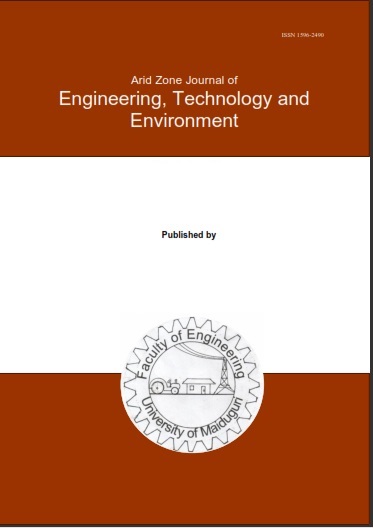Abstract
Water resources remain the most essential need for both human and ecosystems sustenance. Continuous check of both surface and ground water quality remains a welcome approach globally to secure water safety and fitness for different purposes. This study aims to examine the effect of turbidity concentration on water quality of Hartbeespoort dam using remote sensing and Arc GIS. Study objectives examined the present situation of the dam water, access complete one year (2023) data of the water quality variations as weather changes. Remote sensing and Arc GIS application was utilized for this study with the use of Landsat 8-9 Operational Land Imager (OLI) and Thermal Infrared Sensor (TIR). NSMI mapping of turbidity showed high values range of 2.054 high concentration in the month of October, in February, 6.171 in June and 8.273 in October, 2023. NDTI (Normalized Difference Turbidity Index) mapping equally recorded high value of 2.194 in the month of October. The regression analysis utilizes Linear, Exponential and polynomial equation to examine seasonal variation of turbidity in Dam water. The result revealed a strong correlation such as (NDTI in Linear regression analysis records (????2 )= 0.54 while NSMI in linear regression records ( ????2 )= 0.35. The value derived from NDTI and NSMI algorithm confirmed the capacity of band combination indices in retrieving suspended sediment in form of turbidity using Landsat 8-9. These study findings also punctuate the effectiveness of Landsat 8-9 satellite imagery in evaluating turbidity concentration especially in situations where in-situ data is not available.

This work is licensed under a Creative Commons Attribution-NonCommercial-NoDerivatives 4.0 International License.
Copyright (c) 2025 ARID ZONE JOURNAL OF ENGINEERING, TECHNOLOGY AND ENVIRONMENT

